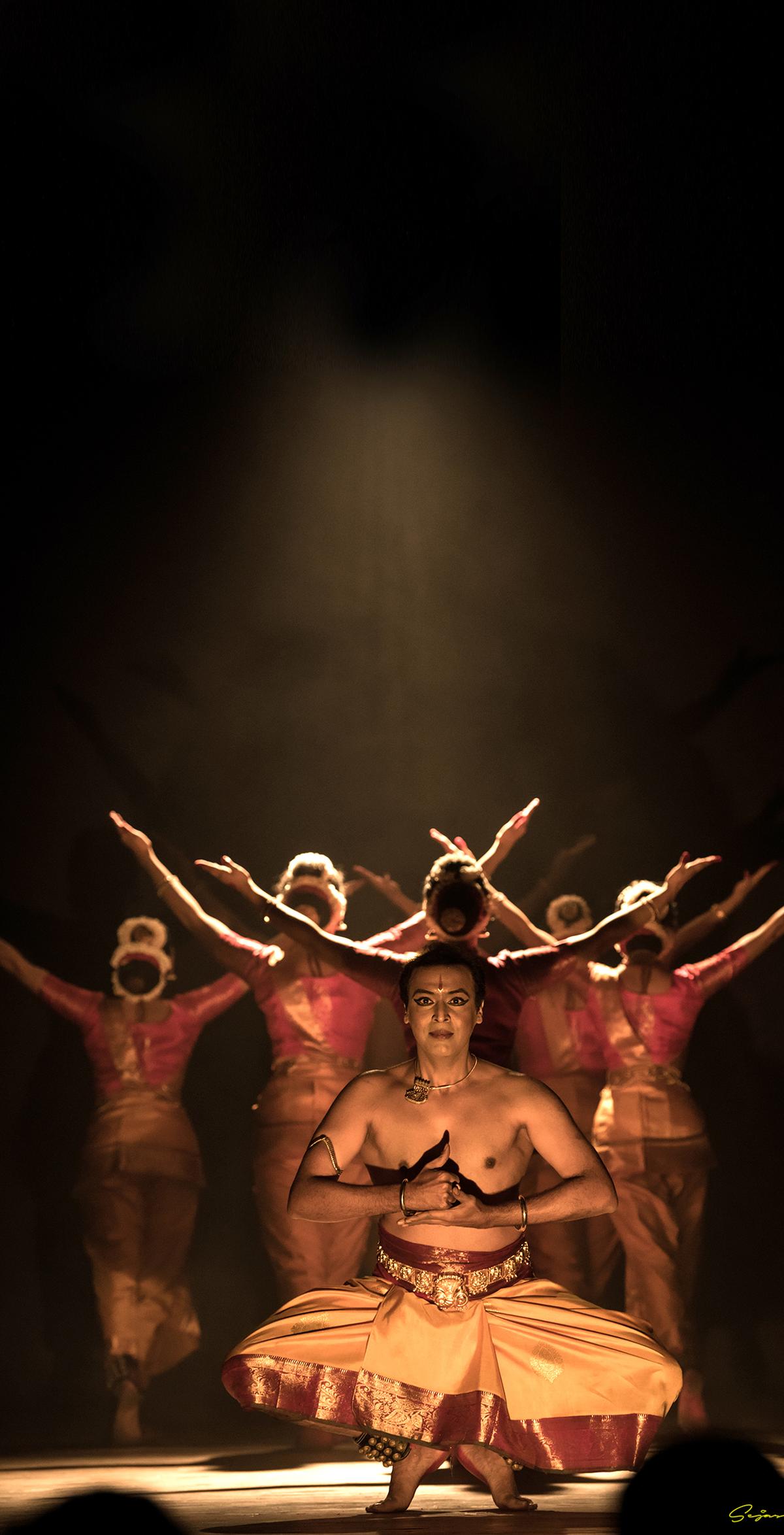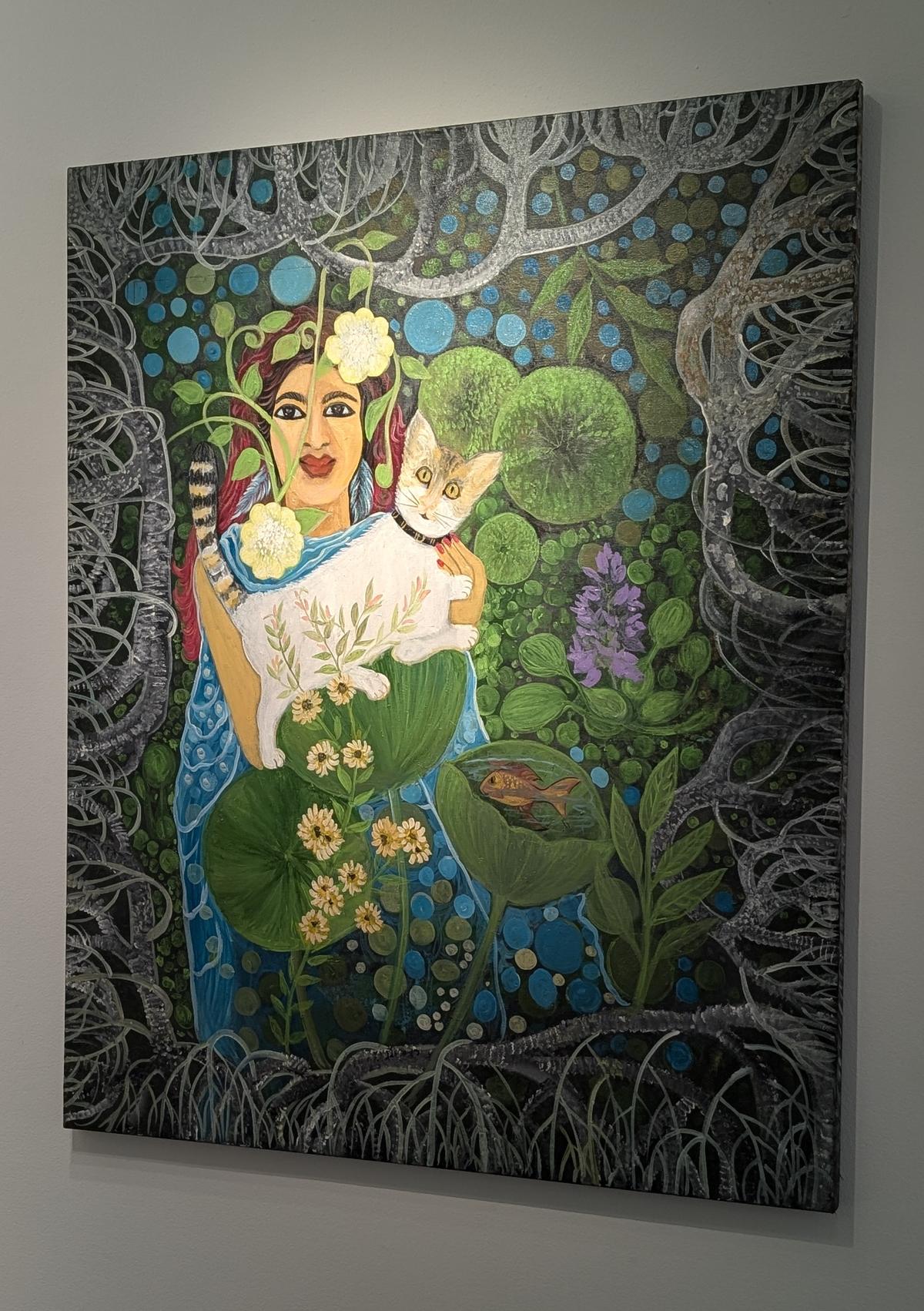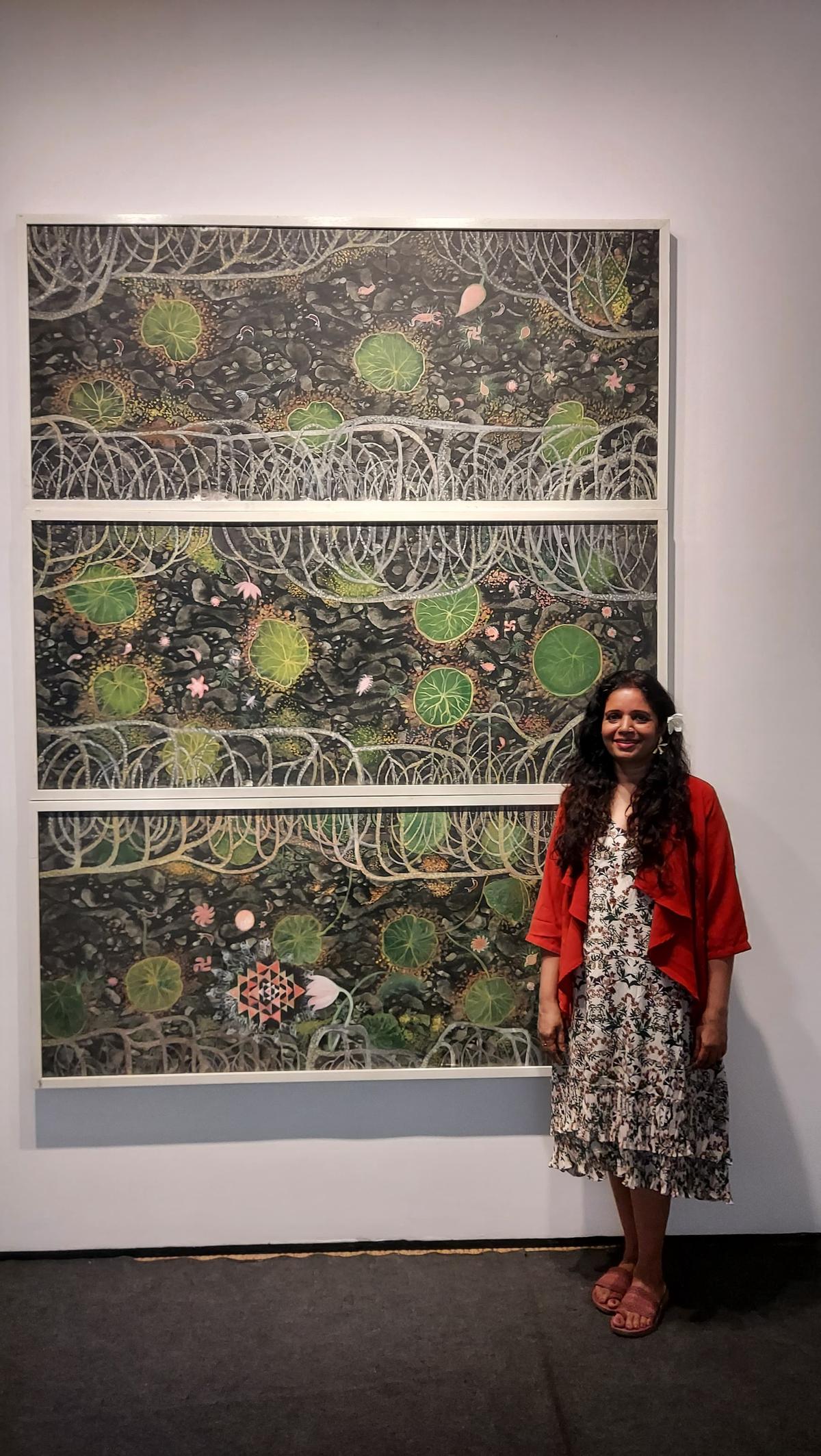In the Varkari worship tradition of Maharashtra, it is customary to open with a description or varnan of Vittala’s form. In his solo production titled ‘Nama Mhane’, Vaibhav Arekar adheres to this convention by commencing with an alarippu, the opening piece in the Bharatanatyam margam, the subtext of which is layered by an abhang ‘Sundar te dhyaan’. The Mumbai-based dancer-choreographer recently presented this at Anubhuti Dance Festival in Chennai, organised and curated by dancer Divya Nayar.
Known for creating art that is thoughtful and deep, Vaibhav draws inspiration from various sources — Van Gogh and his paintings, contemporary dance legends such as Martha Graham and Pina Bausch, Bharatanayam stalwarts C.V. Chandrasekhar and the Dhananjayans. As a performer and choreographer, he takes on a variety of themes, and one defining characteristic of his work is getting into the mind of the character he portrays. Whether it is ‘Venugaan’, which explores Krishna’s struggles with life’s dilemmas, or ‘Shrimant Yogi’ that details Chhatrapati Shivaji’s conquests and coronation, Vaibhav lights up the stage with his imagination and creativity. It often liberates the art form from its own constraints, leading to unexpected and beautiful discoveries.

Vaibhav with dancers of Sankhya Dance Company
| Photo Credit:
Special Arrangement
Vaibhav confesses he never chose Bharatanatyam. “The art form chose me. I do not come from an artistic background, but I always wanted to dance.” After obtaining his Master’s from Nalanda Nrithya Kala Mahavidyalaya established by his mentor Kanak Rele, Vaibhav worked as a faculty there for close to a decade before turning a full-time performer. “Active teaching takes away energy from performance. I wished to explore the possibility of making performances and riyaaz a major part of my living.” This was when he decided to take up mentoring. “Dancers who have graduated from institutions with a degree in Bharatanatyam needed internships to plug the gap between theory and practical application and my dance company Sankhya offered that space. I mentor around 15 full-time dancers and we explore movement, experiences and new ways of looking at the world.”
From one of Vaibhav’s group works
| Photo Credit:
Special Arrangement
When it comes to thought process, Vaibhav says Malavika Sarukkai’s thematic work was a major influence. He also looks up to Leela Samson’s Spanda for group work. “By selecting full-time dancers for Sankhya, I focussed on choreography. These dancers are constantly practicing, and can immediately transfer an idea onto the body.”
He also points out that financial sustenance is hard for dance companies as no grants and monetary support are available. “This is why internship works — the dancers can leave and find jobs outside the company when they wish to.”
Vaibhav’s approach to dance was shaped by his training and collaboration with Marathi playwright Chetan Datar. Theatrical elements are interwoven into his productions. Sometimes, he seems to delve into the traditional relationship among dance, theatre and music as described in the Natyashastra, and, at other times, like modern dancers, allows the audience to interpret the connection. For instance, in ‘Nama Mhane’, he goes into textual nuances to portray how saint Namdev humanises Vittala, getting exasperated when he does not consume the naivedya offered. Vaibhav’s performance seemed to demystify spirituality, making it a more personal expression. In the piece on Chokhamela, the saint who faced humiliation because of his caste, Vaibhav showed the inclusive philosophy of Namdev, who complains to Vittala and buries Chokhamela (who dies when the wall he was constructing collapses) outside the Vittala temple at Pandharpur where he was not allowed entry. Vaibhav depicted such poignant moments with rare sensitivity. Despite the theatricality, the raw emotion was palpable.
Vaibhav presented ‘Nama Mhane’ at Bharatiya Vidya Bhavan in Chennai
| Photo Credit:
M. Srinath
Music not just plays an important role in Vaibhav’s presentations, it shows what a fierce collaborator he is. In ‘Nama Mhane’, singer Sudha Raghuraman and musicians Satish Krishnamurthy and Kailshwaran K are a part of the visual and emotional landscape of the production. Vaibhav understands storytelling cannot be impactful without creating a suitable atmosphere. This is where Sushant Jadhav steps in — his contribution in terms of artistic direction and lighting lends a distinct touch to many of Vaibhav’s works.
“I realised in theatre every new play has a new structure, a new way of execution. I was used to repetition in Bharatanatyam, and wondered how to change this,” says Vaibhav. Although he finds much relevance in the structure of a margam, his choreographic works are structured based on what the themes demand. “Incorporating an alarippu and thillana in ‘Nama Mhane’ was important. But it doesn’t happen all the time. I allow my works to take their own natural course. Since we are dealing with an art form that is constantly evolving, there are no pressures to set boundaries.”
As a soloist, Vaibhav comes across as a thinking artiste. But what does it take to make an ensemble fall in line with his thought process and technique? “Every member is part of the creative process from start to the stage. I tell them to not look at me but to look beyond the narrative and emotion to discover themselves,” says Vaibhav.
Published – April 29, 2025 06:40 pm IST




























